Birds of prey fascinate wildlife enthusiasts and casual observers alike with their powerful presence and aerial mastery. Among these magnificent creatures, hawks stand out for their keen eyesight, impressive hunting skills, and diverse species. However, identifying hawks accurately presents numerous challenges, even for experienced birdwatchers. From similar-looking species to variable plumages across different life stages, hawk identification requires careful attention to detail. This article explores nine common mistakes people make when trying to identify hawks and provides guidance to help you become more confident and accurate in your hawk identification skills.
Relying Solely on Size Estimation

One of the most prevalent mistakes in hawk identification is judging a bird solely by its perceived size. Without a reference point, estimating a hawk’s size in flight can be remarkably deceptive, especially when the bird is soaring at varying heights. What appears to be a large hawk might actually be a small species flying closer to the observer, while a seemingly small hawk could be a larger species at a greater distance. Additionally, female hawks are typically larger than males of the same species, which adds another layer of complexity to size-based identification. Rather than focusing exclusively on size, look for a combination of field marks, flight patterns, and habitat context to make a more accurate identification.
Overlooking Regional and Seasonal Variations

Many beginning hawk watchers make the mistake of consulting field guides without considering regional distribution or seasonal movements of different hawk species. Certain hawks only appear in specific regions during particular seasons, while others maintain year-round territories. For example, Broad-winged Hawks migrate through eastern North America in spectacular numbers during fall migration but are rarely seen in the same areas during winter months. Similarly, Rough-legged Hawks typically only visit the northern United States during winter, returning to Arctic breeding grounds in summer. Understanding the geographic range and seasonal movements of different hawk species can immediately narrow down the possibilities when you spot a hawk in your area.
Confusing Hawks with Other Raptors

A fundamental error that many make is assuming that any medium-sized bird of prey is automatically a hawk. The raptor family includes eagles, falcons, kites, harriers, and vultures, all of which can be mistaken for hawks under certain viewing conditions. Falcons, with their pointed wings and rapid wing beats, differ significantly from the broader-winged, often soaring flight style of true hawks. Turkey Vultures, with their distinctive V-shaped wing posture and teetering flight, are frequently misidentified as hawks by beginners. Eagles, while generally larger than hawks, can be difficult to distinguish when seen at a distance, particularly immature Bald Eagles which lack the distinctive white head and tail. Learning to recognize the basic silhouettes and flight patterns of different raptor groups is an essential first step before attempting to identify specific hawk species.
Misinterpreting Plumage Variations

Hawk plumage varies dramatically not only between species but also within the same species depending on age, sex, and even geographic location. Many hawk species display remarkable plumage differences between juvenile and adult birds, leading observers to mistakenly identify them as separate species. For instance, juvenile Red-tailed Hawks lack the namesake red tail of adults, instead showing a brown-banded tail that can lead to misidentification. Some species, like the Red-shouldered Hawk, go through multiple distinct plumage phases before reaching adult coloration. Further complicating matters, many hawk species have color morphs—genetic variations resulting in different color patterns within the same species. The Rough-legged Hawk and Ferruginous Hawk, for example, occur in both light and dark morphs, which can appear so different that inexperienced observers might not recognize them as the same species.
Ignoring Behavioral Clues

Behavior provides crucial clues for hawk identification, yet many observers focus exclusively on physical characteristics. Different hawk species exhibit distinctive hunting techniques, perching preferences, and flight patterns that can help narrow down identification. For example, Red-tailed Hawks frequently hunt from prominent perches or by hovering, while Sharp-shinned Hawks are more likely to employ surprise attacks from dense cover. Northern Harriers fly with a distinctive low, wavering flight over open fields, holding their wings in a shallow V-shape. Cooper’s Hawks often display a flap-flap-glide pattern in flight that differs from the steady flapping of Sharp-shinned Hawks. Taking note of these behavioral nuances can provide valuable context for identification, especially when viewing conditions make it difficult to discern detailed plumage characteristics.
Failing to Consider Habitat Context
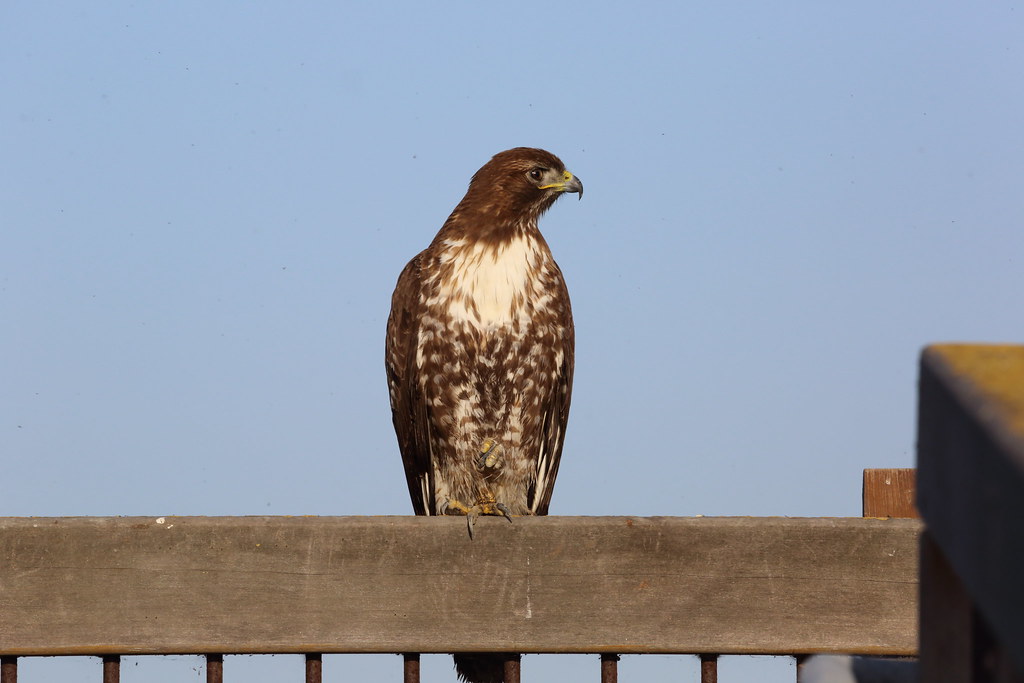
Different hawk species have evolved to exploit specific habitats, making location an important factor in identification that is often overlooked. Seeing a hawk in a particular habitat can significantly narrow down the possibilities. Red-shouldered Hawks typically prefer mature forests near water, while Swainson’s Hawks are most commonly found in open grasslands and agricultural areas. Broad-winged Hawks tend to inhabit continuous deciduous or mixed forests, rarely venturing into open country except during migration. Sharp-shinned and Cooper’s Hawks have adapted well to suburban environments, often hunting near backyard bird feeders. Northern Goshawks, by contrast, prefer remote coniferous or mixed forests and are rarely seen in developed areas. When attempting to identify a hawk, always consider whether the habitat is typical for the species you believe you’re observing.
Misidentifying Look-Alike Species
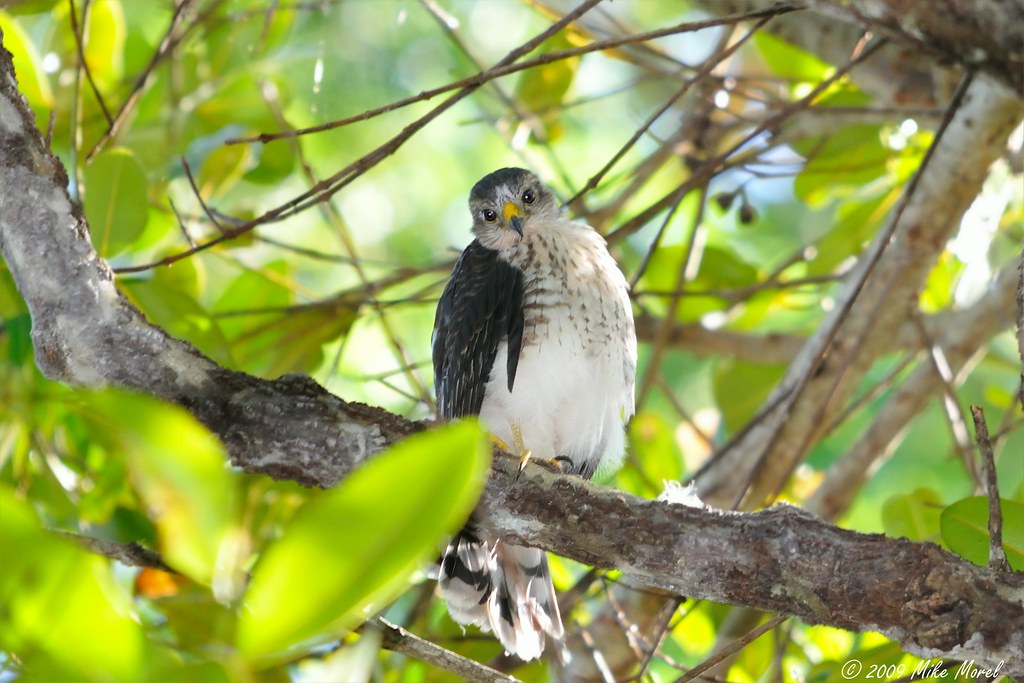
Several pairs of hawk species present notorious identification challenges due to their similar appearances. Perhaps the most infamous identification challenge involves distinguishing between Cooper’s Hawks and Sharp-shinned Hawks, two accipiters that share many physical characteristics. While size differences exist (Cooper’s being larger), this distinction is only helpful with both species present for comparison. More reliable differences include the Sharp-shinned’s more squared tail with a straight terminal band versus the Cooper’s rounded tail with a white terminal band. Similarly, Red-shouldered and Broad-winged Hawks can appear remarkably similar, especially in certain lighting conditions. Red-tailed Hawks and Rough-legged Hawks, particularly when the latter are in their light morph, also cause frequent identification confusion. Learning the subtle differences between these look-alike pairs requires practice and attention to multiple field marks rather than relying on a single characteristic.
Underestimating Lighting Conditions
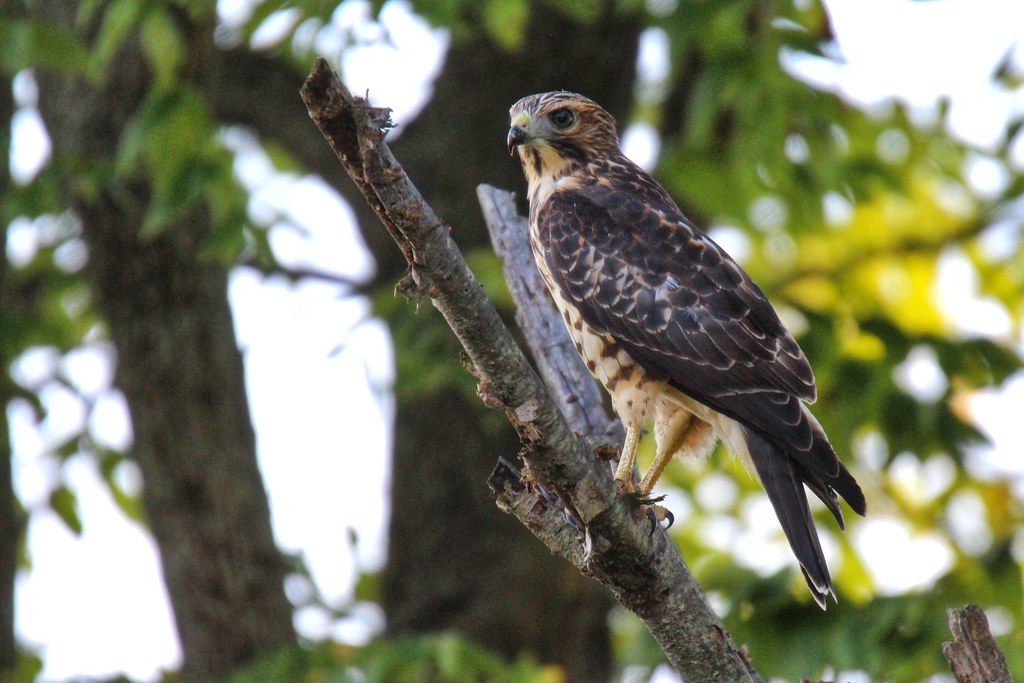
The impact of lighting conditions on hawk appearance represents one of the most underappreciated challenges in identification. Early morning or late afternoon sunlight can dramatically alter how a hawk’s plumage appears, sometimes making field marks difficult to discern or creating false impressions of coloration. Backlighting can turn a hawk into a mere silhouette, obscuring crucial plumage details, while direct overhead sunlight might wash out important color distinctions. Cloudy conditions can mute coloration, making normally distinct markings appear subdued. Even the angle of observation matters—a hawk’s underside viewed in flight presents very different field marks than the same bird perched and viewed from the side. Experienced hawk watchers know to mentally account for these lighting variables and to be more cautious about identification under challenging lighting conditions.
Relying on Single Field Marks

Placing too much importance on a single field mark represents a significant pitfall in hawk identification. While certain characteristics like the Red-tailed Hawk’s rusty tail or an adult Northern Harrier’s white rump can be distinctive, relying exclusively on one feature often leads to misidentification. Individual variation within species means that some individuals may not display “typical” field marks as prominently as others. Additionally, features like tail bands can wear or fade throughout the year as feathers age. The most reliable identifications come from considering a constellation of characteristics including wing shape, proportions, flight style, habitat, and multiple plumage details. Experienced hawk watchers develop a holistic approach to identification, weighing multiple lines of evidence rather than fixating on a single field mark that could potentially be misleading.
Failing to Document Observations

In today’s digital age, the failure to document hawk sightings with photographs represents a missed opportunity for both confirmation and learning. Even basic smartphone photos can capture enough detail to confirm an identification or reveal mistakes in field observation. Beyond photography, taking detailed field notes immediately after an observation helps preserve important details that memory alone might distort. These notes should include not just the bird’s appearance but also its behavior, habitat, time of day, lighting conditions, and any vocalizations heard. For challenging identifications, sketching the bird’s silhouette and noting key field marks can prove invaluable for later reference or consultation with more experienced birders. Many serious hawk watchers maintain personal journals of their observations, creating a valuable record that helps them refine their identification skills over time.
Avoiding Local Expertise and Resources
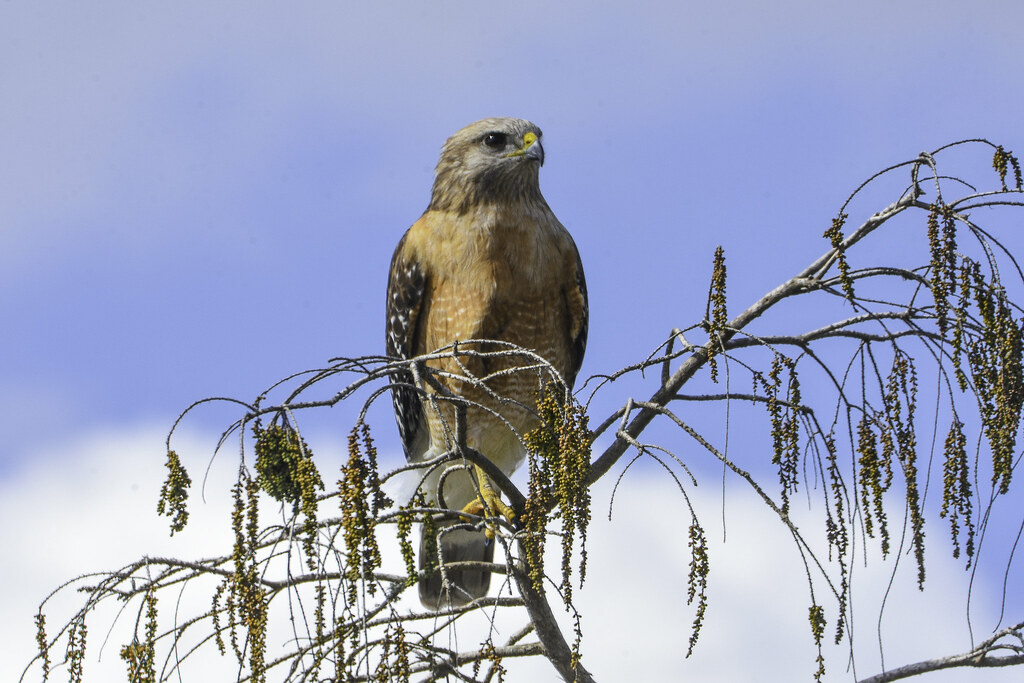
Perhaps the most counterproductive mistake in hawk identification is attempting to learn in isolation rather than leveraging available expertise. Local Audubon chapters, birding clubs, and hawk watch sites offer tremendous opportunities to learn from experienced hawk watchers who understand regional patterns and subtleties. Organized hawk watches during migration seasons provide ideal settings for improving identification skills with guidance from experts who can point out key field marks as birds pass overhead. Online resources like eBird can show which hawk species are being reported in your area, narrowing the range of possibilities. Regional field guides often provide more detailed information about local hawk populations than general guides covering broader geographic areas. Joining a mentored hawk watching outing or participating in citizen science projects focused on raptors can accelerate the learning process significantly.
Developing Confidence Through Practice
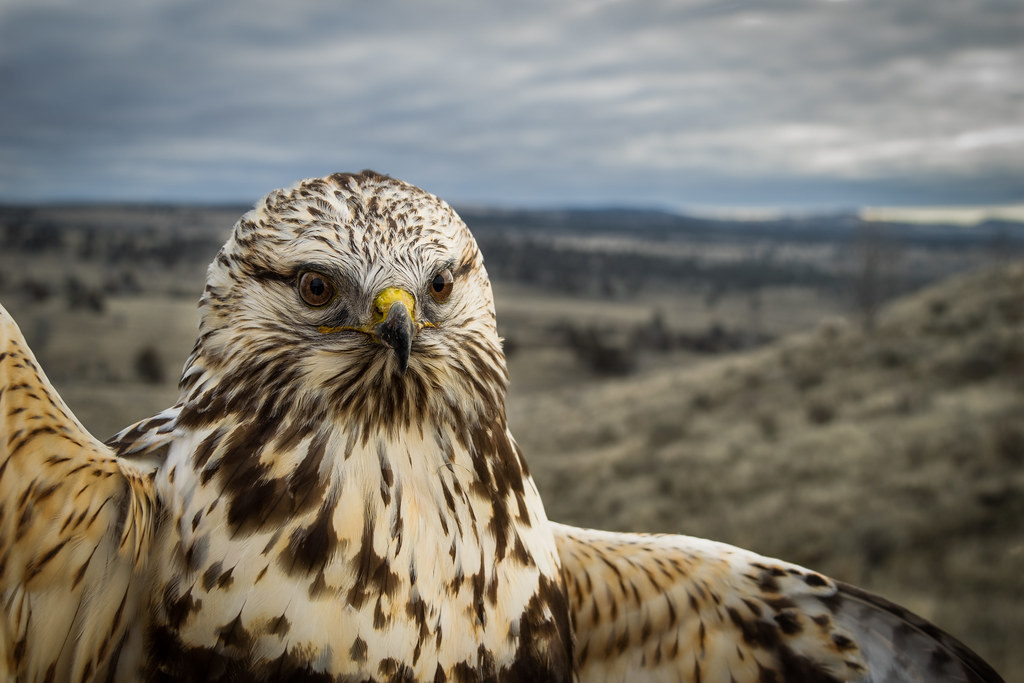
Becoming proficient at hawk identification requires consistent practice and a willingness to learn from mistakes. Many beginning hawk watchers become discouraged after misidentifications, not realizing that even experts occasionally struggle with challenging identifications. Setting realistic expectations is important—some hawks, particularly distant or backlit birds, may simply be unidentifiable given the viewing conditions. Starting with the most common species in your area builds a foundation of knowledge before tackling more challenging identifications. Regular practice in various lighting conditions, seasons, and habitats gradually builds the pattern recognition skills essential for accurate identification. Maintaining a curious, learning mindset and being willing to revise identifications based on new information marks the difference between casual observers and those who develop genuine expertise in hawk identification.
Correctly identifying hawks represents a rewarding challenge that combines observational skills, knowledge of natural history, and an appreciation for these magnificent birds’ adaptations to diverse environments. By avoiding these nine common mistakes, observers can improve their accuracy and confidence in hawk identification. Remember that becoming proficient takes time and experience—even the most knowledgeable hawk watchers began as novices. Each observation, whether correctly identified or not, offers a valuable learning opportunity. With patience, practice, and attention to detail, you’ll find yourself recognizing subtle differences between species and experiencing the satisfaction that comes with accurate identification of these remarkable birds of prey.
